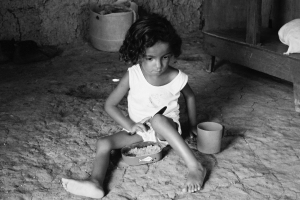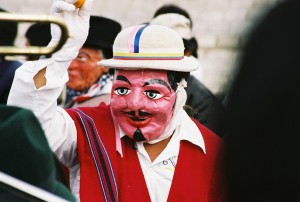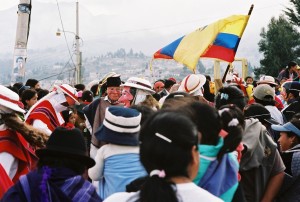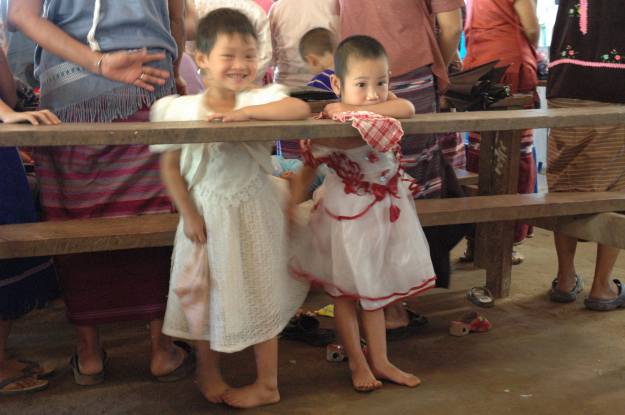Between 1983 and 1985 there was a major famine in Ethopia. Reported at the time to be the worst in a century it’s estimated that 400,000 people died as a result of both the famine and human rights abuses that exacerbated its effects. My wife and I were married in 1983 and I can clearly remember watching the TV news coverage of the famine with her, both of us feeling angry and upset at the images on the screen. I can also clearly remember us feeling angry that someone had filmed and photographed this saying, “why can’t they put the cameras down and help?”
I have long been interested in photography and spent much of my youth taking photographs and developing them in the school darkroom. I briefly considered a career in photography, inspired by the work of Don McCullin and others. However, my naivety as a teenager was such that I believed if my income depended on taking photographs I would stop enjoying it. That was completely bonkers, I later decided. So, a degree in business studies led initially to banking then marketing and my interest in photography continued as a serious amateur.

hungry and poor
In 2001 I joined BMS World Mission, where part of my role was having responsibility for the harvest appeal, which involved going abroad with a filming team. It was a particular joy to me to have the opportunity to take photographs on these trips which would feature within the appeal materials. My second overseas trip came in November 2002 to Brazil and the harshly arid region of Trapia in the north east of the country. Whilst on that trip we visited a family living in a mud and stick hut. Two girls in the family had brain damage caused by their mother’s malnourishment during pregnancy and whist feeding them as infants.
We were filming this family as a possible story to include in the appeal video and as I saw one of the girls sitting on the baked mud of the floor eating some corn from an old sardine tin, I decided it could make a useful photograph to have on file. As I crouched and framed the shot in viewfinder, I was abruptly and very tangibly reminded of that time in the early 1980s watching the footage of the famine in Ethiopia and here, now, some 20-odd years later, I was that photographer; “why can’t they put the cameras down and help?”. In a moment, I felt both helpless and guilty yet, today, I’m proud of the fact that I still took the photo.
It took me a few days to rationalise the experience and to realise that it was not my job to intervene and help. In fact I’d probably have made matters worse. We had people there who’s job it was to do something to help and my job, in part, was to report and help illustrate the needs. It was a hard lesson in some ways, but the experience gave me a new respect for the photographers I had criticised all those years previously. We all have a role to play in this complex world and at times we can be unduly critical of others’ roles when we simply don’t understand them. We should, I have decided,simply play our own roles as best we can.
Although, technically, this isn’t a great photo (I could criticise a few things) it remains one of my personal favourites because of the lesson I learned in the taking of it. For those who are interested the photo was taken on Fuji Pro 800 35mm film using a Nikon camera. Unfortunately no field notes remain to confirm shutter speed and aperture or lens details – this was pre-digital for me with no recording of metadata! My memory isn’t that detailed either. Originally taken in colour a digital representation of the image allowed me to convert to mono in the digital darkroom.








